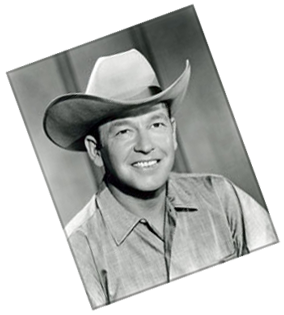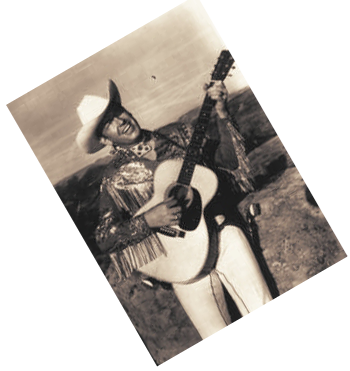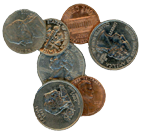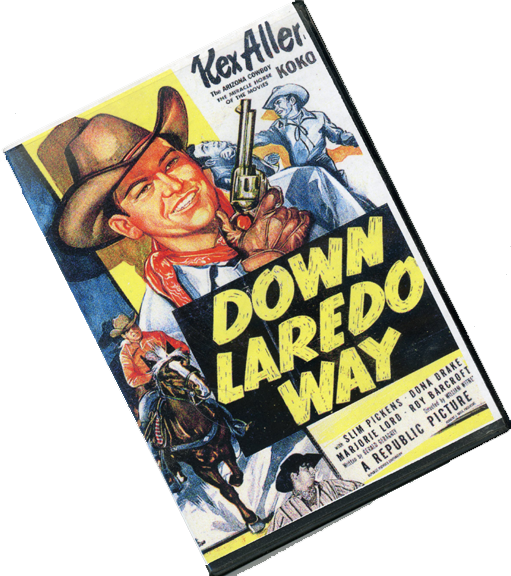



WILLCOX Cowboy Hall of Fame inductees
Gary Thrasher, DVM (128)
1944 -
-
2021 COWBOY HALL OF FAME
Gary Thrasher, DVM., aka “Doc”, was born in Lakewood, Ohio, in 1944. He was one of six siblings, two girls and four boys. His brothers, sisters and a few cousins all lived together in their grandfather’s house, as all the men were off to war.
It was a very rural, country life-style and it was here that Gary began to develop a love for horses. Gary said, “Out here in Arizona, everybody team ropes and there are roping arenas everywhere, but growing up in Ohio, everybody had harness horses and there was a race track every twenty miles.” Gary tagged along with his grandmother when she went to the races. By the age of 10 he was an exercise boy. He said,” They put me on a horse and I held on for dear life until the horse stopped running, then I got off.” He took care of the pony rides for the kids. He wrangled the 14 ponies and got a penny per rider per circle. In 1955, thirty dollars a day was a lot of money. When Gary’s family moved closer to Cleveland, Gary stayed on the farm with his grandparents. With his new found wealth he bought his first horse and it wasn’t long before he bought a second horse.
Gary worked at a summer camp where he was a stable boy, wrangler and took guests on rides. It was at this summer camp that he met Jean DaCosta; she was one of the Junior counselors. Now Gary had a girlfriend and soon realized he didn’t need two horses; he needed a car. He was 15 and she was 14 and this was the beginning of a 6-year courtship. They were married in 1965.
Jean was an RN and it was her encouragement that helped motivate Gary to pursue the dream of becoming a veterinarian. Gary admits that he was a lousy student and in high school he was branded “Student not college material”, but he could play football. It is interesting how football actually help to pave the way from high school and into Ohio State University College of Veterinary Medicine.
Most colleges liked his football skills, but his grades haunted him. He finally found Parsons College in Iowa that would take a chance on him. Parsons had an academic program to teach him how to study. Now the 5’7” tall and 195-pound nose-guard was successful both on the field and in the classroom. His experience at Parsons convinced him he was college material and he was more determined than ever to become a veterinarian.
Ohio State was one of the few universities with an agriculture and professional veterinary program. The Parsons football coach arranged for Gary to walk-on the Ohio State University football team to play for legendary coach Woody Hayes. Gary had earned his way on the practice squad and scout team, but during the spring training season Gary was hauled off the field unconscious a number of times. Coach Hayes had brother that was a farm veterinarian and he was able to convince Gary that he had a brighter future as a vet than a football player.
In 1967, shortly after finishing undergrad school he was drafted into the US Army destined for Vietnam. He had been accepted into the College of Veterinary Medicine and was able to sign up for a program that would allow him to attend school and serve in the Army reserve.
The next four years Gary had the opportunity to experience vet work in all kinds of setting working with both small animals and large animals. He much preferred the large animals. He had the visited Arizona previously and he really like the idea of a life in the open spaces of the southwest working with ranch people. People that raised cattle for a living and still used horses for what they were intended.
The Army was not finished with Gary. He was put through “combat readiness” training. Gary thought the whole platoon was headed to Nam, but at the last minute his orders were changed and he was told that he would have to stay state side until his brother came home. In those days the Army would not allow for two brothers to be deployed into a combat zone at the same time. The Colonel asked if Gary had a preference where he would like to go here in the states. Gary was thinking Fort Huachuca and the Colonel said, “If you can spell Huachuca, you can have that damned desert rat hole, and it will fit you fine, they’ve still got 200 horses at the fort and they need another vet.”
In 1971, Doc, Jean and two kids arrived at Fort Huachuca and have made Arizona their home base ever since. Gary was taking care of his duties on the post and moonlighting doing vet work for area ranches. He attended local “Cowbelle” meetings to develop new clients, and finally with his military duties completed Gary was able to launch full time into his vet practice. He was active in the Brucellosis, Tuberculosis and Screw worm eradication programs, plus he was answering emergency calls 24/7.
From 1971- 1985, Gary managed multiple ranches in Nevada and Texas, but each contract allowed him to return to Arizona to take care of his Arizona clients. In 1985, the Thrasher family returned to Arizona to establish the Hereford Veterinary Service where Doc resumed his vet practice full time in Southeastern Arizona.
Dr. Thrasher has worked on and consulted for a wide variety of animal health issues. He has testified before the US Congress, the Arizona State Legislature and is active in national, state and local cattlemen’s organizations. Today, he continues a full workload as he celebrates 50 years of veterinary services. He has been known to stay up all night with a colicky horse. He has been notorious for missing family events because he was tending to someone’s animal emergency.
Gary truly loved working with the ranch families. He said, “Those families are the salt of the earth.” He saw their struggles and was glad to be a part of their success.
He and Jean have celebrated 55 years of marriage. They have 3 adult children, Abby, Adam, Jake and they have 8 grandchildren. Gary said, “Being selected for the Willcox Cowboy Hall of Fame was wonderful, they recognize the work you’ve done.” I asked how he would like to be remembered. He said, “As a friend. That is the best thing you can be is somebody’s friend.” You know for being such a lousy student he sure made a great vet.
Gary Thrasher, DVM





